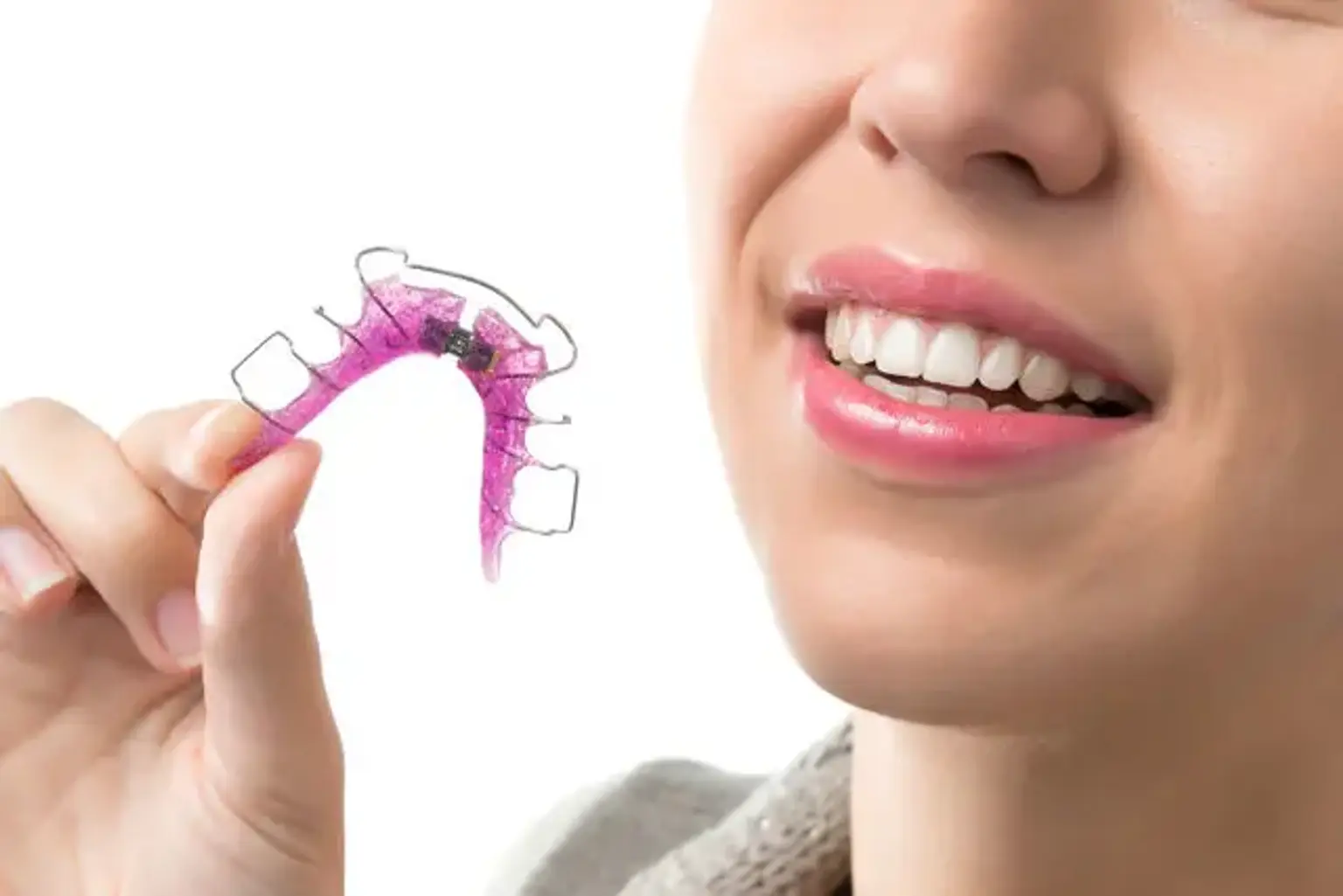Introduction
Removable orthodontic appliances are dental devices used to straighten teeth or correct malocclusions (misalignments). These appliances are designed to be worn for specific periods and can be taken out when eating or brushing. The two most common types are clear aligners like Invisalign and removable retainers.
Unlike traditional braces, which are fixed to the teeth, removable devices offer greater comfort and convenience. They can be easily adjusted and cleaned, making them an attractive option for many people. Removable orthodontic devices are growing in popularity, especially for adults who prefer a more discreet way to correct their smile.
Why Choose Removable Orthodontic Appliances?
Removable orthodontic appliances offer several benefits over traditional fixed braces. One of the most significant advantages is comfort. Since these devices can be removed, there's no risk of irritation from food or braces rubbing against the inside of your mouth.
They are also aesthetic-friendly, as clear aligners are almost invisible when worn. This makes them a great choice for adults who want a more subtle approach to orthodontic treatment. Moreover, being removable means you can easily maintain oral hygiene—you can brush and floss without the complications of cleaning around brackets and wires.
Types of Removable Orthodontic Appliances
There are two main types of removable orthodontic appliances: clear aligners and retainers.
